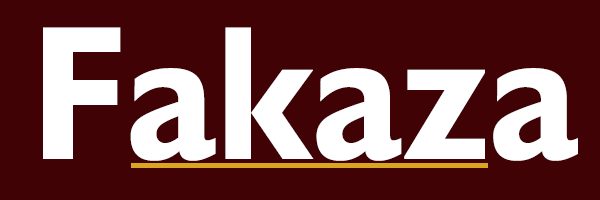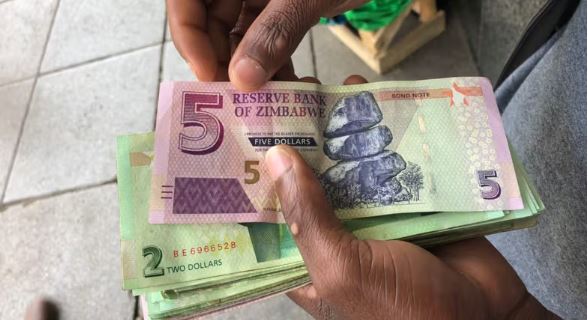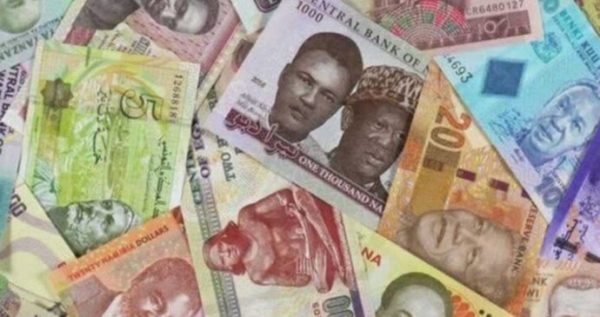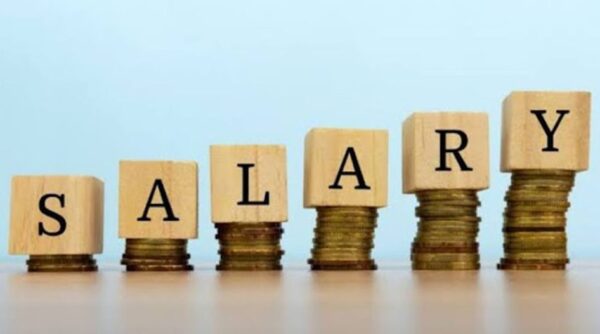Lifestyle
Why different currencies have different values

Money is something we use almost every day. It feels familiar, constant, and straightforward.
But the moment you cross a border or look at a foreign exchange rate, things get weird quite quickly.
Suddenly, your dependable US dollar, euro, or rand turns into a fraction of another currency or multiplies into tens of thousands of others. Why does this happen?
That question lies at the heart of a surprisingly intricate story—one where money is more than just a medium of exchange.
It’s a living, shifting signal of global confidence, economic health, political decisions, and historical agreements.
How do exchange rates work? Should every country really have its own currency? And why do some countries choose to peg their currency to another? Below are some of the key factors:









